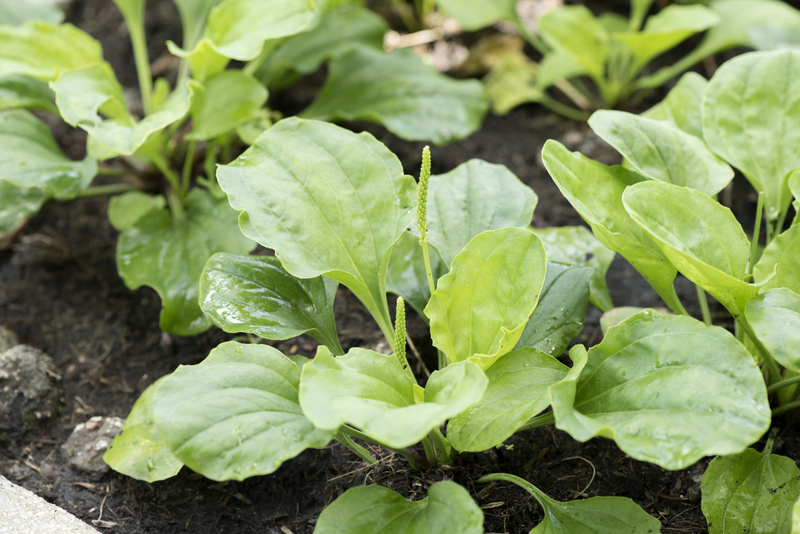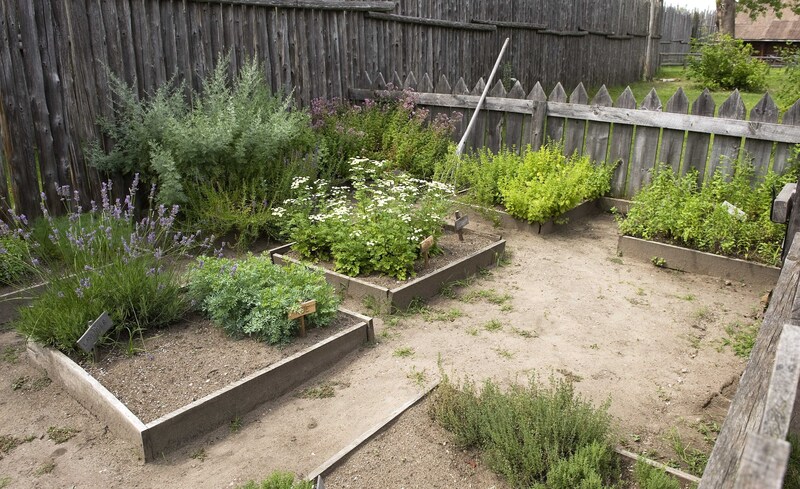Expert Lawn Secrets Revealed: Easy Steps for First-Time Gardeners
Are you a first-time gardener looking to transform your patchy yard into a lush, green paradise? Building a healthy, vibrant lawn can seem daunting, but with the right tips, tricks, and expert lawn secrets, anyone can achieve a beautiful lawn. In this comprehensive guide, you'll discover the best lawn care tips for beginners, easy-to-follow steps, and professional insights that will set you on the path to success. Ready to unlock the secrets of successful lawn care? Let's get started!
Why a Healthy Lawn Matters
A thriving lawn is more than just a pretty feature; it provides environmental and health benefits. Grass helps filter pollutants, cools your surroundings, and creates a safe, soft play area for children and pets. For first-time homeowners and beginners, understanding proper lawn care can also increase property value and curb appeal.

Core Principles of Lawn Care for Beginners
1. Know Your Lawn Type
Identifying your grass type is crucial before starting your lawn care adventure. There are two primary categories:
- Cool-season grasses (like Kentucky bluegrass, ryegrass, and fescue) thrive in cooler climates.
- Warm-season grasses (such as Bermuda, zoysia, and St. Augustine) flourish in hot, sunny locations.
2. Test and Prep the Soil
A healthy lawn begins with healthy soil. Soil testing reveals your soil's pH and nutrient levels, guiding you on any necessary amendments.
- Get a soil test kit from your local garden center.
- Follow directions to take soil samples, then analyze results or send to a lab.
- Amend your soil with lime to raise pH, or sulfur to lower it as directed by your test.
- Mix in organic matter like compost for added nutrients.
3. Choose the Right Grass Seed or Sod
When selecting grass seed or sod, consider your lawn's sun exposure, usage, and regional weather.
- High-traffic areas: Choose durable varieties such as perennial ryegrass or Bermuda.
- Shade areas: Opt for fine fescues or shade-tolerant blends.
- For quick results, sod lays instantly green but seeds are more budget-friendly.
Step-by-Step Guide: Easy Lawn Care for Beginners
1. Clear the Area
Remove debris, rocks, weeds, and old turf before you start. This allows for better growth and reduces competition for water and nutrients.
2. Grade and Level
A well-leveled lawn prevents puddles and uneven spots. Use a rake or landscaping tool to smooth the soil, sloping gently away from your house to aid drainage.
3. Seed or Lay Sod
Seeding:
- Use a spreader for even grass seed distribution.
- Lightly rake the surface to cover seeds with soil.
- Press seeds down using a roller for better soil contact.
- Lay strips in a brick-like pattern, staggering seams.
- Press edges tightly together for seamless growth.
4. Water Wisely
Watering is vital, especially for new lawns. Follow these watering tips for healthy growth:
- Keep soil consistently moist until grass establishes roots.
- Water early in the morning for best absorption and to prevent fungal disease.
- Once established, water deeply but less often to promote deep root growth.
5. Fertilizer: Give Your Lawn a Strong Start
Fertilizers provide essential nutrients for vigorous growth.
- Use a starter fertilizer high in phosphorus for new seeds and sod.
- Switch to balanced general fertilizers after establishment.
- Follow package dosage instructions carefully to prevent burning the grass.
6. Mowing Tips for a Perfect Lawn
Proper mowing habits are one of the key lawn secrets experts swear by.
- Never remove more than one-third of the grass blade in one mowing.
- Sharpen mower blades for clean cuts and to avoid damaging grass.
- Change mowing patterns regularly to encourage upright growth.
- Leave clippings on the lawn ("grasscycling") to return nutrients to the soil.
7. Weed and Pest Control Made Easy
Weeds and lawn pests can sneak in, but prompt action keeps your lawn healthy.
- Hand-pull weeds early, before they set seed.
- Apply pre-emergent weed control in early spring.
- Spot-treat pest issues with eco-friendly solutions when possible.
8. Aerating and Dethatching: The Secret to a Strong Lawn
Aeration and dethatching are professional secrets many first-time gardeners overlook. These practices open the way for nutrients, water, and oxygen to reach the grassroots.
- Aerate lawns annually with a plug aerator to reduce soil compaction.
- Remove thatch layers thicker than half an inch with a dethatching rake.
Expert Lawn Care Secrets for Year-Round Success
Seasonal Lawn Care Calendar
Follow this season-by-season lawn care guide to enjoy a lush green yard all year:
- Spring: Rake debris, aerate, fertilize, apply pre-emergent weed control.
- Summer: Mow at higher settings, water deeply, monitor for pests and drought.
- Fall: Overseed bare spots, fertilize, remove leaves, prepare for winter.
- Winter: Avoid heavy traffic on frozen grass, clean up yard tools, and plan for next season.
Top 10 Quick-Fire Lawn Tips for Beginners
- Identify your grass type for regionally appropriate care.
- Test soil to know what your lawn needs.
- Water deeply and early in the day.
- Mow regularly, changing your patterns each time.
- Don't over-fertilize--stick to recommended schedules.
- Tackle weeds and pests promptly.
- Aerate and dethatch annually.
- Avoid heavy lawn traffic when soggy or frosty.
- Use mulch and compost for natural nutrients.
- Observe closely and adjust your care as needed.
Frequently Asked Questions: Lawn Care for New Gardeners
How often should I water my lawn?
Water deeply 2-3 times per week, providing about 1 inch of water, including rainfall. Newly seeded lawns may require daily light misting until the grass establishes.
Is it better to seed or lay sod?
Seeding is more affordable and offers greater variety, but takes longer to establish. Sod gives instant results but is pricier and requires precise installation.
What is the best mowing height?
For most lawns, 2.5 to 3.5 inches is ideal--taller grass shades soil, helping it retain moisture and naturally deterring weeds.
How can I control weeds naturally?
Hand-pulling, using mulch, and proper lawn maintenance, such as mowing high, are effective natural weed control methods. Pre-emergent corn gluten or vinegar-based sprays can also be used for organic gardening.
Common Mistakes First-Time Gardeners Make (& How to Avoid Them)
Even well-intentioned beginners can fall prey to pitfalls that delay or undo their hard work. Avoid these errors:
- Overwatering: Leads to lawn diseases and shallow roots.
- Scalping grass: Cutting too short stresses it and promotes weed growth.
- Improper fertilization: Excess nutrients can burn, while too little leaves your lawn stunted.
- Ignoring soil health: Always test and amend soil before planting.
- Neglecting seasonal care: Regular attention throughout the year is crucial for lasting beauty.

Bonus Section: Advanced Lawn Care Techniques for First-Time Gardeners
Once you've mastered the basics, try these advanced tips to push your lawn towards professional perfection:
- Topdressing: Thinly spread compost or soil over your grass to improve texture and nutrient content.
- Overseeding: Refresh your entire lawn by sowing new seeds to thicken the turf and outcompete weeds.
- Edge regularly: Neat, crisp lawn edges make a huge visual impact.
- Smart irrigation systems: Install timers and sensors for efficient, water-savvy lawns.
- Organic lawn care: Reduce pesticides and use slow-release natural fertilizers.
Final Thoughts: Your Path to a Gorgeous, Head-Turning Lawn
Becoming a successful lawn gardener doesn't require years of experience--just a willingness to learn, observe, and adapt. Armed with these expert lawn secrets and easy steps for beginners, you're now ready to grow a lush, healthy lawn. Stick to the basics, avoid common mistakes, and don't be afraid to try advanced techniques when you're ready. With consistent care, your yard will soon be the envy of the neighborhood!